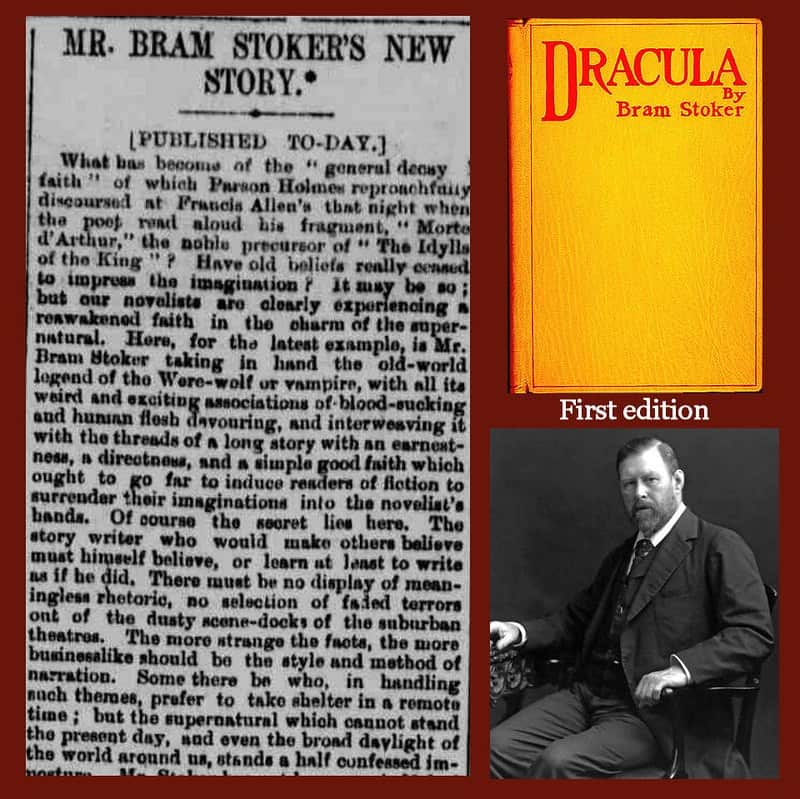Throughout history, countless inventions have shaped the way we live, work, and communicate. While some of these innovations are well-remembered, many have faded into obscurity despite their significant impact on technology. These forgotten inventions, though not always recognized today, revolutionized their respective fields and laid the groundwork for the advancements we now take for granted. In this article, we explore some of these groundbreaking yet overlooked creations that changed the course of technological history.
The Telautograph
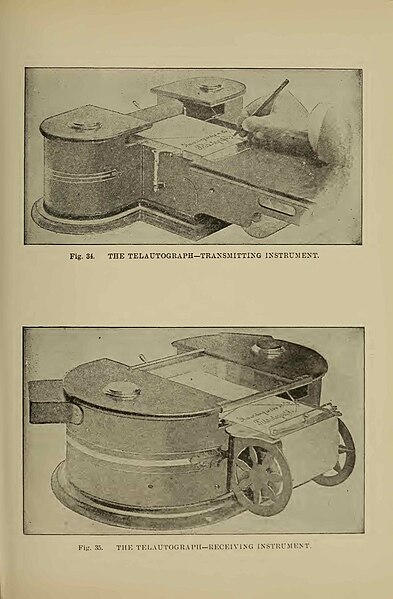
Invented by Elisha Gray in 1888, the Telautograph was an early precursor to the modern fax machine. This device allowed the transmission of handwriting through telegraph lines, a groundbreaking concept at the time. By converting the movement of a pen into electrical signals, it could replicate writing on a distant piece of paper. It was used in banks and offices to send signatures and documents. Although largely forgotten, the Telautograph set the stage for later advancements in communication technology.
The Mechanical Turk
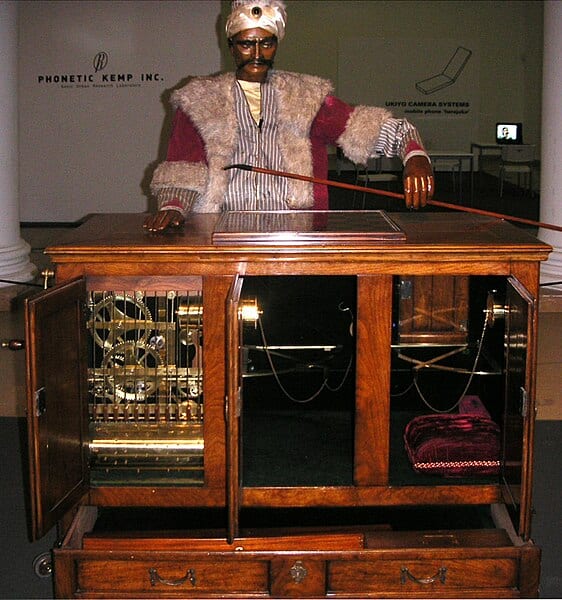
The Mechanical Turk, created in the 18th century by Wolfgang von Kempelen, was a chess-playing automaton that mystified audiences across Europe. Though it appeared to be a machine capable of independent thought, it was actually controlled by a hidden human operator. Despite the deception, it inspired curiosity and furthered interest in the possibilities of artificial intelligence. The concept of machines mimicking human abilities was revolutionary for its time. Today, it is remembered more for its intrigue than its technological impact, but it laid the groundwork for future developments in robotics and AI.
The Photophone
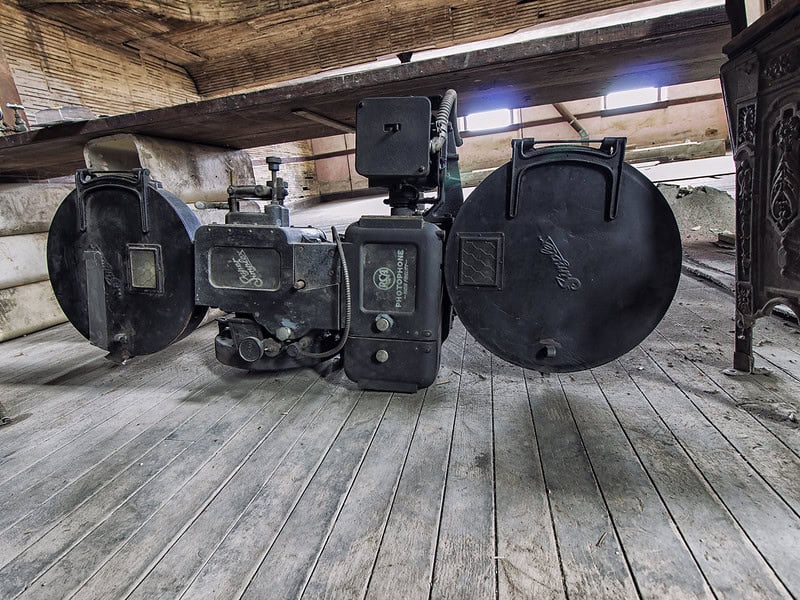
Invented by Alexander Graham Bell and his assistant Charles Sumner Tainter in 1880, the Photophone was an early attempt to transmit sound using light. The device used mirrors to modulate sunlight, transmitting sound over a beam of light to a receiver. Although it did not achieve widespread use, the Photophone was a significant precursor to fiber-optic communication. Bell considered it his greatest invention, even more important than the telephone. The principles behind the Photophone are still in use today in modern communication systems.
The Jacquard Loom
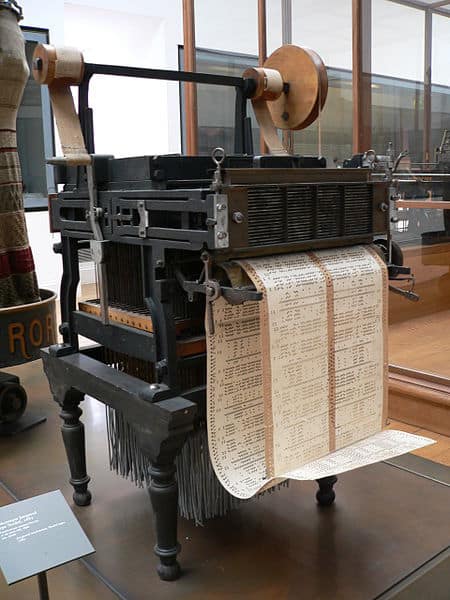
Developed by Joseph Marie Jacquard in 1804, the Jacquard Loom was a revolutionary invention in the textile industry. It used punched cards to control the weaving of complex patterns, allowing for mass production of intricate designs. This innovation not only revolutionized textile manufacturing but also inspired early computer programming, as the punched card concept was later adapted by early computers. The loom’s impact on both industry and technology cannot be overstated, yet it is often overshadowed by more modern advancements. Despite its relative obscurity today, the Jacquard Loom’s influence is undeniable.
The Atanasoff-Berry Computer
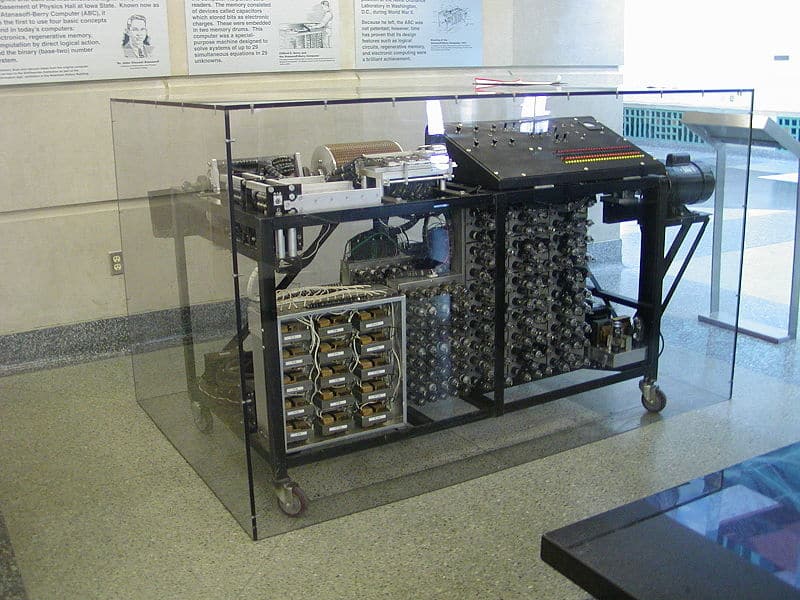
The Atanasoff-Berry Computer (ABC), developed by John Atanasoff and Clifford Berry in the 1930s, is often considered the first electronic digital computer. Unlike its successors, the ABC was specialized for solving linear algebraic equations using binary numbers. Though it did not become a commercial product, its design influenced later developments in computing, including the ENIAC. The ABC’s use of binary arithmetic and electronic switching was groundbreaking. Unfortunately, it never received the recognition it deserved during its time, but its concepts are foundational in modern computing.
The Theremin
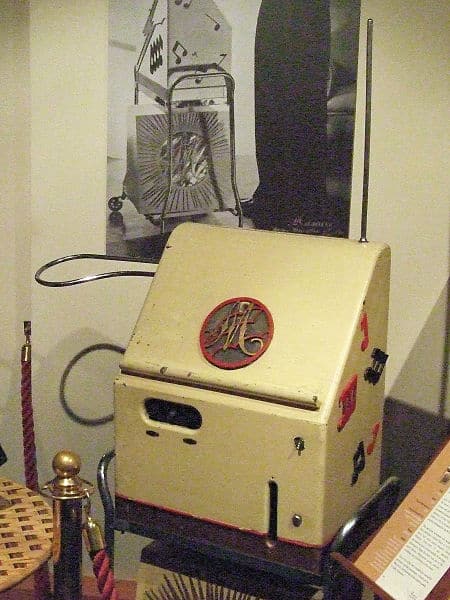
Invented by Léon Theremin in 1928, the Theremin is an electronic musical instrument controlled without physical contact. It operates by detecting the position of the player’s hands relative to two metal antennas, producing eerie, otherworldly sounds. The Theremin was one of the first electronic instruments and played a significant role in the development of electronic music. Despite its innovative nature, it never became mainstream but remains a cult instrument among enthusiasts. Its influence can be seen in various music genres and even in the soundtracks of classic science fiction films.
The Ballpoint Pen
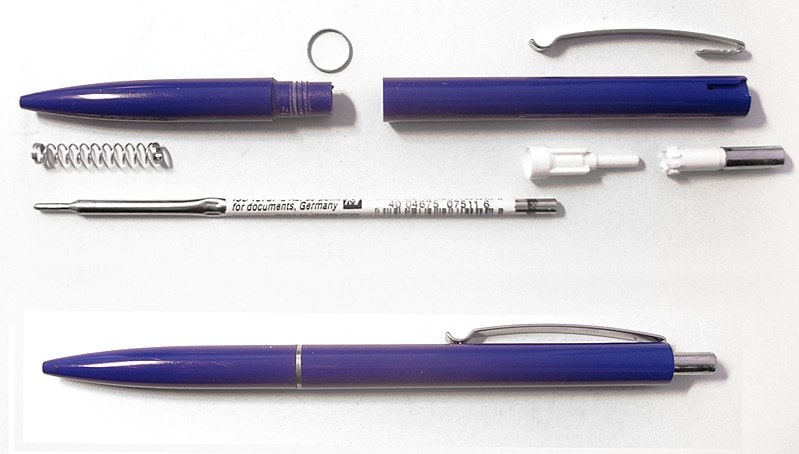
While today it is a ubiquitous tool, the ballpoint pen was once a revolutionary invention that transformed writing. Invented by László Bíró in the 1930s, it solved many of the problems associated with fountain pens, such as ink smudging and clogging. The ballpoint pen’s design allowed for smoother writing and greater convenience, making it a staple in everyday life. Initially adopted by the military during World War II, it quickly gained popularity worldwide. Although it may seem mundane now, the ballpoint pen revolutionized the way people write and remains an essential tool.
The Aerodrome
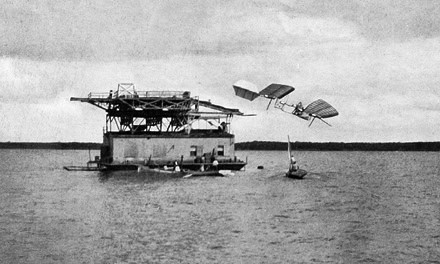
Samuel Langley’s Aerodrome, built in the late 19th century, was one of the first attempts at powered flight. Although his full-sized Aerodrome failed to achieve sustained flight, Langley’s work laid the groundwork for future aviation pioneers like the Wright brothers. His earlier models successfully flew, proving that powered flight was possible. Langley’s contributions are often overlooked, but his persistence and innovations in aerodynamics were crucial in the development of modern aviation. The Aerodrome may not have flown into history as a success, but its impact on flight technology is undeniable.
The Difference Engine
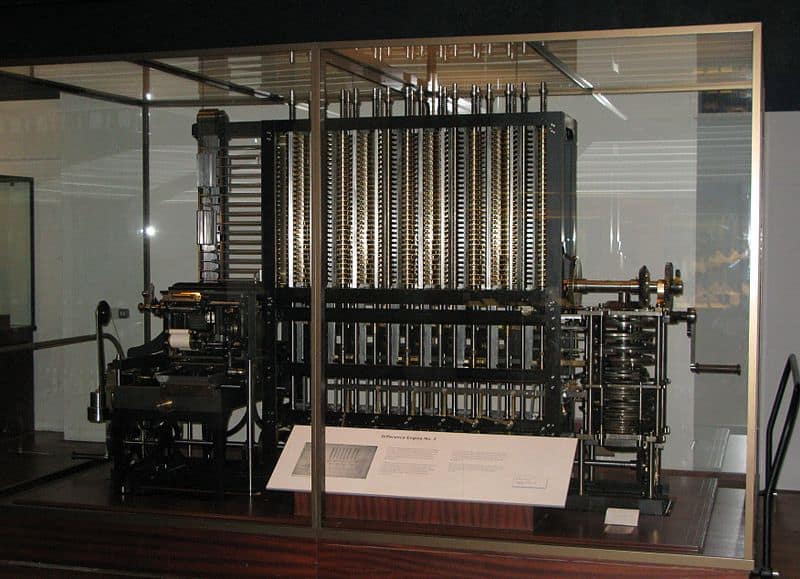
Charles Babbage’s Difference Engine, conceived in the early 19th century, was an automatic mechanical calculator designed to tabulate polynomial functions. Although never fully completed during Babbage’s lifetime, the Difference Engine is considered a precursor to modern computers. Its design incorporated many features of later machines, such as the use of gears and a decimal number system. The invention was groundbreaking, though it remained largely theoretical until modern reconstructions proved its feasibility. The Difference Engine’s concept of programmable machines was a visionary step toward the digital age.
The Teasmade
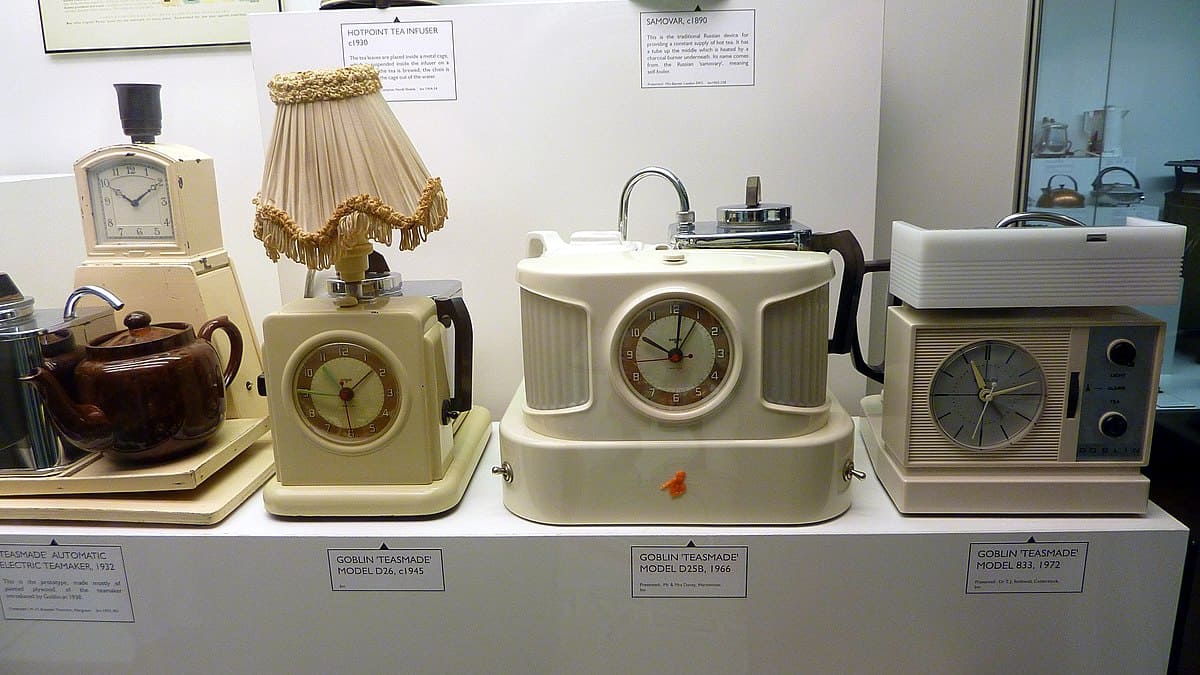
The Teasmade, a British invention from the early 20th century, combined an alarm clock with an automatic tea maker. It was designed to brew a fresh pot of tea just as you woke up, embodying the convenience of modern kitchen appliances long before they became common. The device became a staple in British homes, symbolizing a blend of comfort and innovation. Although it has largely fallen out of use, the Teasmade was a precursor to today’s automated home systems. Its ingenious design and functionality made it a beloved household gadget for decades.
The Phonautograph
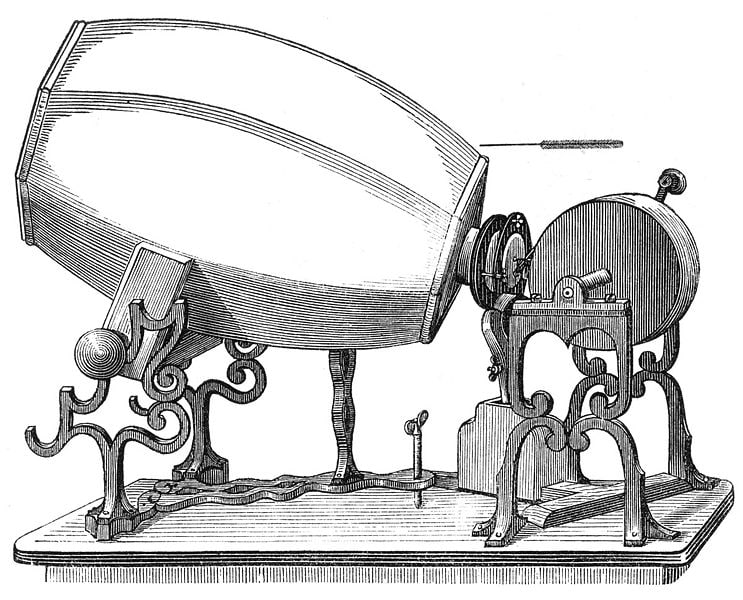
The Phonautograph, invented by Édouard-Léon Scott de Martinville in 1857, was the first device capable of recording sound. It used a stylus to trace sound waves onto a rotating cylinder coated with soot. However, it lacked the ability to play back the recordings, which limited its utility at the time. Despite this, the Phonautograph was a critical step in the development of audio recording technology. It paved the way for future inventions like the phonograph and set the foundation for the entire audio recording industry.
The Steam-Powered Automobile
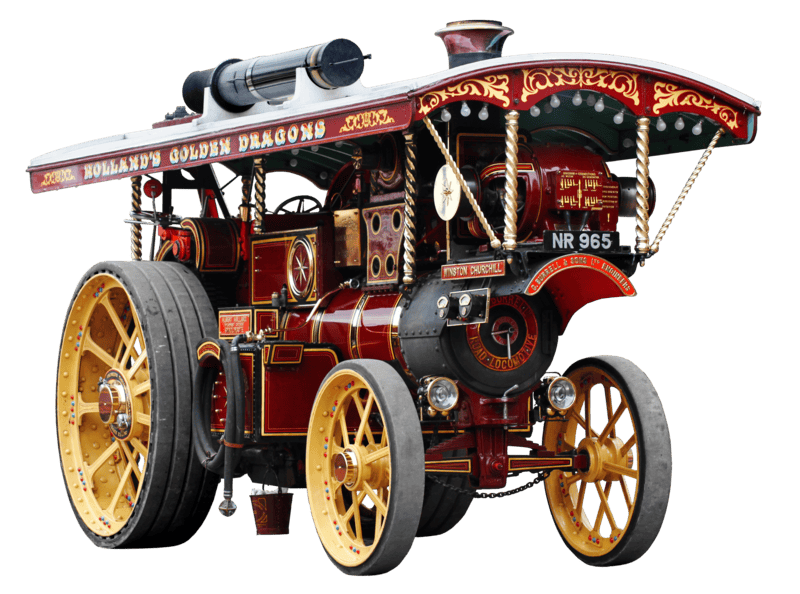
In the early 19th century, inventors like Richard Trevithick and Nicolas-Joseph Cugnot experimented with steam-powered vehicles, long before gasoline engines dominated the automotive industry. These early steam cars were slow and cumbersome, but they represented a significant leap in transportation technology. Although they never became widespread due to limitations in speed and practicality, steam-powered vehicles paved the way for the development of more efficient engines. The principles of steam power influenced the design of later technologies, including trains and industrial machinery. These early automobiles were a vital, albeit forgotten, chapter in the history of transportation.
The Pneumatic Tube System
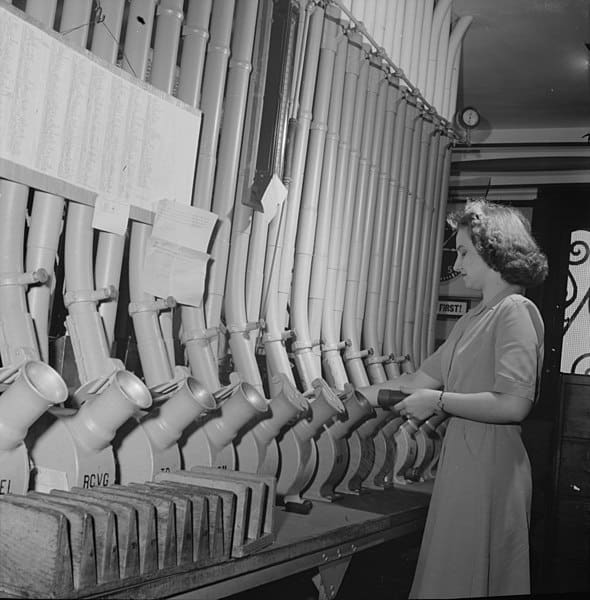
Pneumatic tube systems, first developed in the 19th century, were used to transport small objects, like mail or documents, through networks of tubes using air pressure. These systems were once common in large cities and institutions, providing a fast and efficient means of communication. Although largely replaced by electronic communication methods today, pneumatic tubes were a revolutionary technology in their time. They demonstrated the potential for rapid, automated transport systems and were an early example of the use of air pressure for moving goods. While they may seem quaint now, these systems were the precursor to many modern logistics technologies.
The Nikola Tesla’s Wardenclyffe Tower
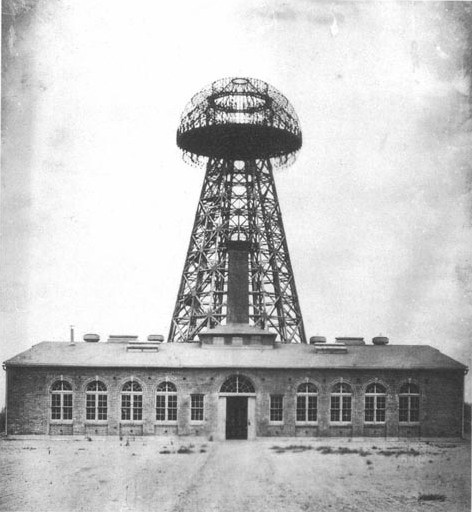
Wardenclyffe Tower, designed by Nikola Tesla in the early 20th century, was an ambitious project aimed at providing wireless transmission of electricity and communication across the globe. Though never completed, the tower was a precursor to modern wireless technology, including radio and cellular communications. Tesla’s vision of a world connected without wires was far ahead of its time and is only now being fully realized with modern advancements. The project’s failure was more a result of financial difficulties than technological shortcomings. Wardenclyffe remains a symbol of Tesla’s genius and his unfulfilled dreams for the future of energy and communication.
The Turboencabulator
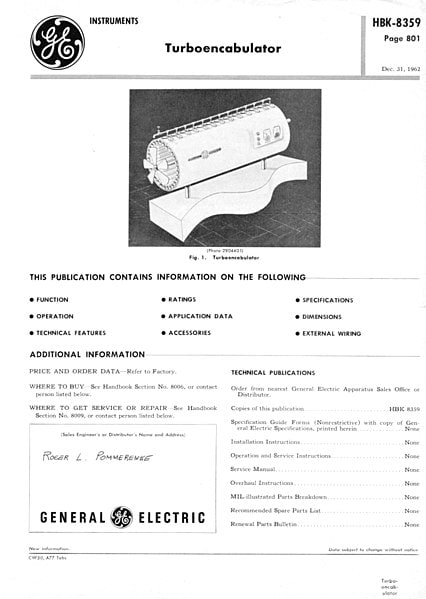
The Turboencabulator, first conceived in the 1940s, was a fictional invention that became an engineering in-joke, representing overly complex and nonsensical technical jargon. While not a real invention, its creation highlighted the sometimes bewildering language used in the field of engineering and technology. Over time, the Turboencabulator became a humorous reference in technical circles, often used in spoof technical manuals and presentations. It serves as a reminder of the importance of clear communication in technology. Although it never existed in reality, the Turboencabulator has had a lasting impact on the culture of engineering and remains a beloved parody in the tech world.
The Iron Lung
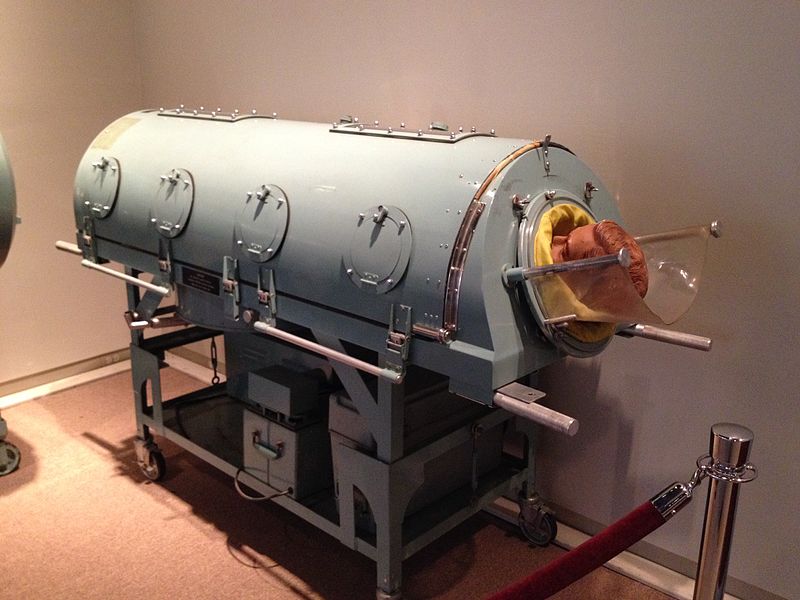
The Iron Lung, invented in the 1920s by Philip Drinker and Louis Agassiz Shaw, was a mechanical respirator that saved the lives of many polio patients who were unable to breathe on their own. This life-saving device used negative pressure to simulate the act of breathing, allowing patients with paralyzed respiratory muscles to survive. While it has been largely replaced by modern ventilators, the Iron Lung was a critical invention in the history of medical technology. It highlighted the importance of mechanical aids in life support and set the stage for the development of more advanced respiratory technologies. The Iron Lung is a powerful reminder of the medical challenges faced in the past and the ingenuity used to overcome them.
The Sinclair C5
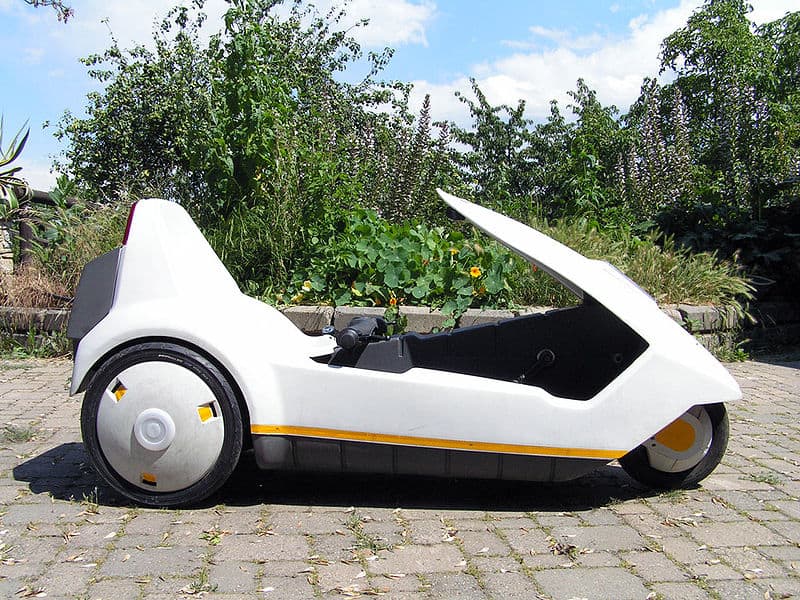
Launched in 1985 by British inventor Sir Clive Sinclair, the Sinclair C5 was an electric tricycle aimed at revolutionizing personal transport. Despite its innovative concept and environmentally friendly design, the C5 was a commercial failure due to its limited range, low speed, and vulnerability in traffic. However, it was one of the first mass-produced electric vehicles, a concept that is now gaining traction with modern electric cars. The Sinclair C5 may not have succeeded in its time, but it laid the groundwork for the future of electric personal transportation. Today, it is remembered as a bold, if flawed, attempt to innovate in the field of transport.
The Nagra Recorder
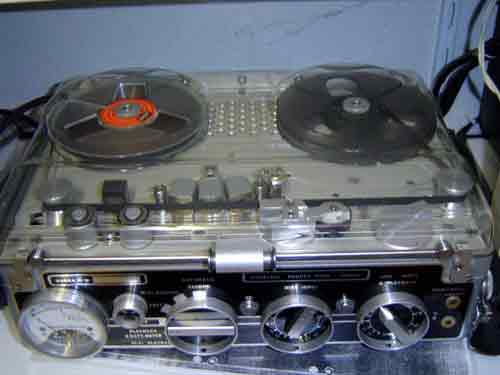
The Nagra, developed by Polish inventor Stefan Kudelski in 1951, was a portable audio recorder that revolutionized the field of sound recording. Its high-quality, reliable performance made it a favorite among journalists, filmmakers, and musicians, especially for on-location recording. The Nagra was a game-changer in the world of audio recording, allowing professionals to capture sound with unprecedented clarity and ease. Despite being overshadowed by digital recording technology today, the Nagra remains a legendary piece of equipment that set the standard for portable audio recording. Its impact on the world of sound is still felt, even if the device itself has faded from the spotlight.
This article originally appeared on Rarest.org.
More From Rarest.Org
Collecting classic literature is a passion for many book enthusiasts, with certain editions holding significant historical and monetary value. These rare editions, often first printings, provide a tangible connection to literary history and the authors who shaped it. Read more.
Aquarium enthusiasts often seek out rare and exotic fish to add a touch of uniqueness to their collections. From the vibrant Discus Fish to the striking Platinum Arowana, these aquatic treasures captivate with their beauty, rarity, and unique care requirements. Read more.
Heirloom vegetables are a gardener’s delight, prized for their rich flavors, unique appearances, and historical significance. These cherished varieties have been passed down through generations, offering a taste of the past with every bite. Read more.

